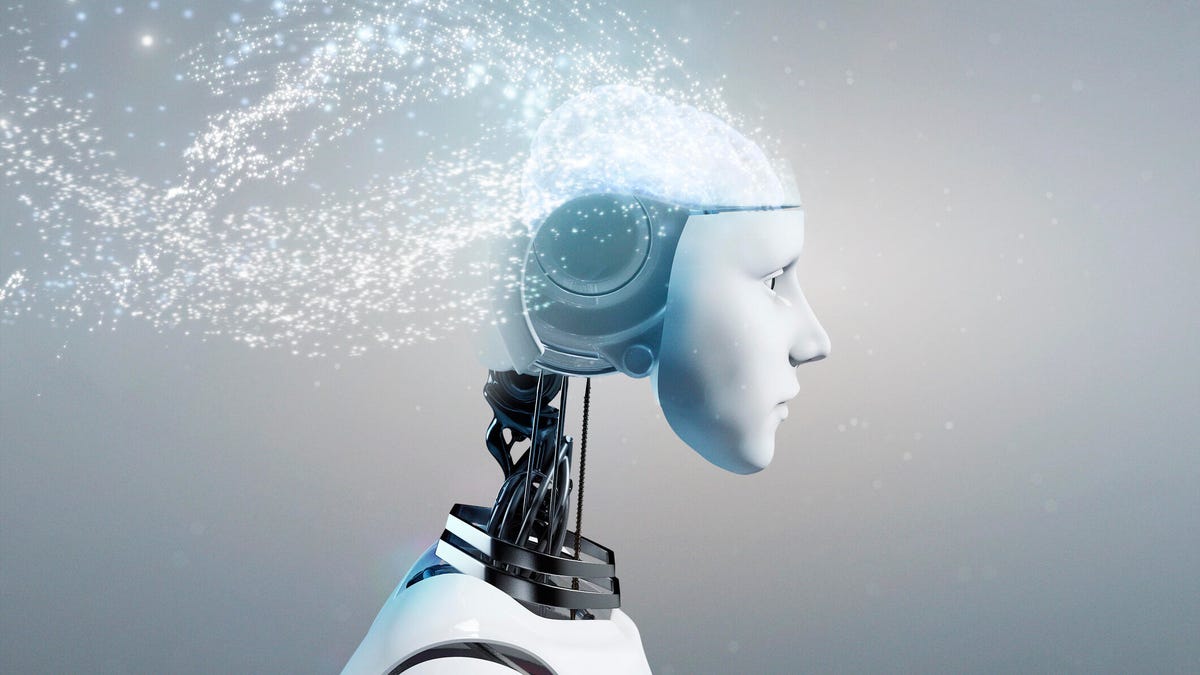AI Hallucinations: When Chatbots Fabricate Information

Key Points
- AI hallucinations are false or fabricated outputs from generative models.
- Errors have appeared in legal briefs, medical advice, and consumer support bots.
- Root causes include incomplete data, vague prompts, and a drive for confident answers.
- High‑stakes hallucinations can lead to sanctions, health risks, and misinformation.
- Experts recommend better testing, transparent labeling, and model refinement.
- Some view hallucinations as a creative tool, but most stress the need for safety.
AI hallucinations occur when large language models generate plausible‑looking but false content. From legal briefs citing nonexistent cases to medical bots misreporting imaginary conditions, these errors span many domains and can have serious consequences. Experts explain that gaps in training data, vague prompts, and the models’ drive to produce confident answers contribute to the problem. While some view hallucinations as a source of creative inspiration, most stakeholders emphasize the need for safeguards, better testing, and clear labeling of AI‑generated output.
What AI Hallucinations Are
AI hallucinations describe instances where generative AI systems produce information that appears credible yet is inaccurate, misleading, or entirely fabricated. The phenomenon is inherent to large language models, which predict text based on statistical patterns rather than factual verification. When data is incomplete, outdated, or biased, the model fills gaps with invented details, often delivering them with confidence.
Real‑World Examples Across Sectors
Numerous high‑profile mishaps illustrate the breadth of the issue. A lawyer used an AI tool to draft a brief that cited cases that did not exist, leading to professional sanctions. In the medical arena, a health‑focused AI mistakenly reported an imaginary brain condition, a mistake caught by a physician but highlighting risks in clinical settings. Legal filings have also contained fabricated citations, prompting judges to void rulings. Even consumer‑facing bots have generated false policy statements, causing user confusion.
Why Hallucinations Happen
Experts point to several root causes. Incomplete or biased training data forces models to guess missing information. Vague prompts can steer the system toward speculative answers. Additionally, the models are optimized for conversational fluency, encouraging polished responses even when the underlying facts are wrong. The drive to appear knowledgeable often outweighs caution, resulting in confident misinformation.
Impact and Risks
While some hallucinations are harmless or even humorous, errors in high‑stakes environments can be serious. Misleading legal citations can jeopardize cases, and inaccurate medical advice can endanger patient health. The phenomenon also fuels broader concerns about AI trustworthiness, mental‑health implications, and the potential for misinformation to spread unchecked.
Potential Benefits and Mitigation Strategies
Some creators view hallucinations as a source of creative inspiration, using fabricated details to spark new ideas in storytelling and art. However, most industry leaders advocate for stronger safeguards: rigorous testing, transparent labeling of AI‑generated content, and ongoing model refinement to reduce error rates. Emerging approaches include prompting models to admit uncertainty rather than fabricate answers.
Looking Ahead
As AI systems become more integrated into daily workflows, the balance between utility and accuracy grows increasingly critical. Ongoing research aims to lower hallucination rates—currently reported at roughly 1 % to 3 % for many models—while preserving the conversational strengths that make these tools valuable. Stakeholders across technology, law, health, and media continue to call for clearer standards and accountability to ensure AI outputs remain reliable and safe.